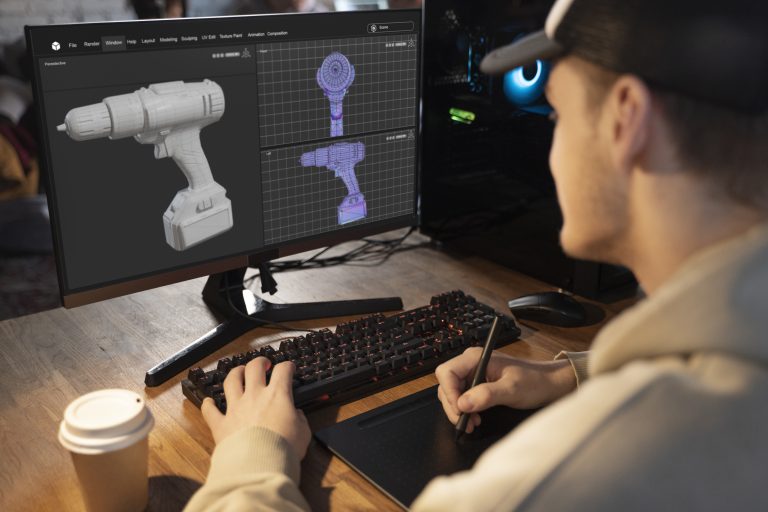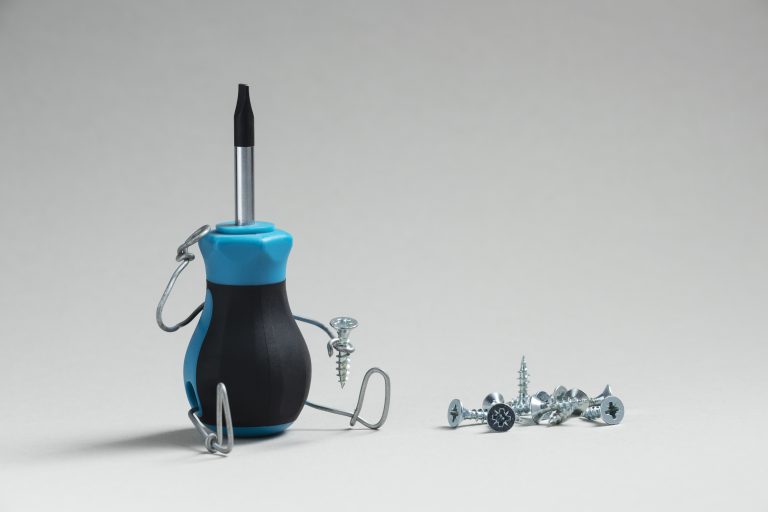Customer demand for greater fuel efficiency and sustainable manufacturing methods for vehicles has brought lightweight plastics into the centre of the automotive industry. Where heavier metals would have traditionally been used, the automotive industry is switching allegiances to lighter, more versatile plastic alternatives. Even the quest for sustainability is being supported by the move. More and more plastics can now be recycled, plus their lower weight noticeably cuts down on fuel consumption.
What is the current plastic position?
Plastic is currently the second most used material in the automotive industry after metal. It accounts for around 12 to 15 percent of a vehicle’s mass (source: ). As vehicle design becomes more complex, so the need for lighter materials increases to help keep the weight down. Reduced weight can have a positive effect on multiple aspects of the vehicle’s performance. These include acceleration, braking, handling, fuel efficiency and safety. Plastic is easy to keep clean, maintain and resist corrosion from dirt, chemicals, rock salt and more. This makes it last longer and reduce the need for costly repairs or replacements.
Weight is also important for electric vehicles, which tend to be a lot heavier than those with internal combustion engines. This is due to the larger batteries that must be incorporated. The more electricity a battery can store, the longer the vehicle can go without having to stop for a charge. Hence the demand for larger and heavier batteries. The lighter density of plastic, coupled with its flexibility, makes it a very popular weight-saving option for other parts of the vehicle.
What types of plastic are involved?
Dozens of different types of plastics are used in the automotive industry. Chief among these plastics are polyvinyl chloride (PVC), polypropylene and polyurethane. PVC is mainly used for components like door panels, seating and arm rests, buttons, dashboards, casings, sealing and body protection. Polypropylene suits other applications, including textiles (carpet, seatbelts, airbags, ceiling fabric), cables, bumpers and battery boxes. Polyurethane suits foam cushioning, insulation panels, electrical compounds and suspension bushings. All these types of plastic are robust, weather resistant, easy to maintain and – above all – lightweight for greater fuel efficiency.
Lightweight plastics are also increasingly replacing glass in windows and headlight casings, or being added as a protective layer. This increases safety, as it is less likely to shatter on impact than tempered glass. It also helps reduce weight and offers anti-glare advantages, plus the ability to come in different tints and finishes. Likewise, adding a plastic film to painted components helps prevent chips, scratches and UV damage.
Why use Plastic Injection Moulding?
Since such a wide range of plastics is used in the automotive industry, there needs to be a flexible, efficient method of production to cope with that. Plastic injection moulding ticks all the boxes. This process enables highly complex shapes and designs to be created from lightweight plastics. It uses bespoke moulds that can meet customer specifications exactly and even be modified as vehicle design and engineering develop.
The process also allows for very tight tolerances in performance criteria, advanced customisation for aspects such as colour and texture and exacting quality control. Being able to make entire components using bespoke moulds leads to safer production over methods such as soldering, which can come apart or crack if not done correctly, leading to both safety and performance problems. Finally, plastic injection moulding offers many sustainable manufacturing advantages to the automotive industry. Many types of plastic can be recycled. This means that wastage during the process is reduced, since offcuts and extra materials can be remelted and used again.
Tapping into the Future
Sustainability remains very much at the top of the global agenda. Manufacturers in the automotive industry and others are constantly seeking ways to lower carbon emissions and use resources responsibly. Plastic’s recyclability and versatility makes it an excellent choice of material. Plastic injection moulding is also highly effective at keeping up with developments in design and performance requirements and creating complex, future-proof components. Scientists are researching ways to make lightweight plastics even more sustainable, flexible and cheaper for the automotive industry to produce. As cars and other vehicles constantly evolve to be faster, safer and better to drive, so the plastic injection moulding sector stands ready to keep pace.





